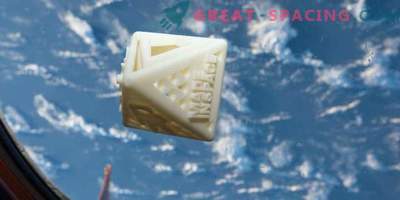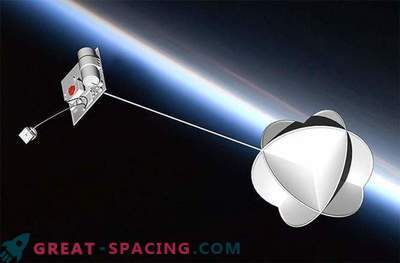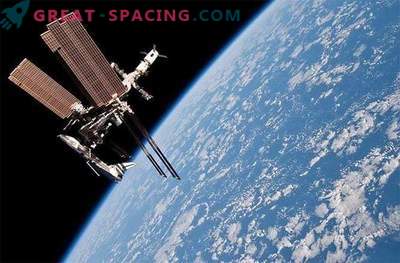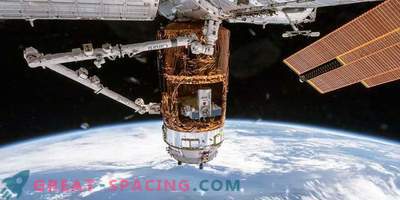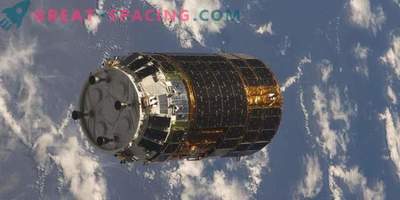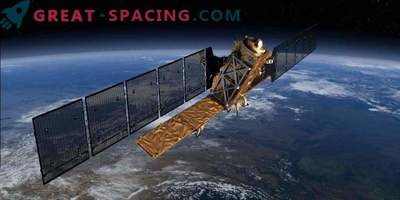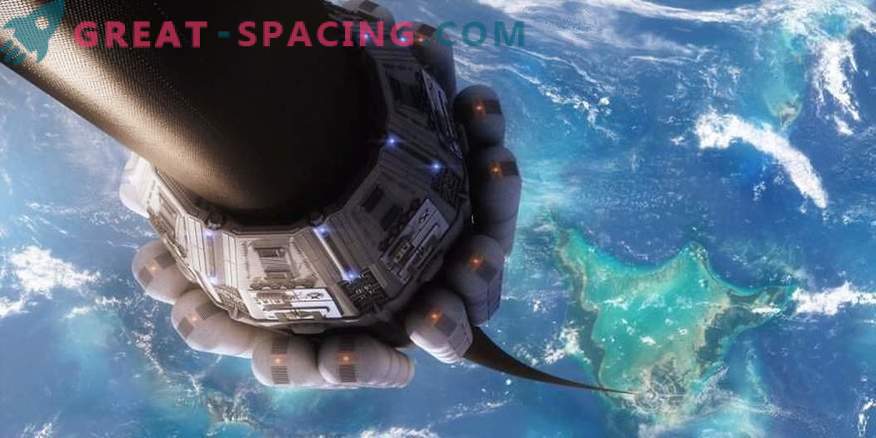
The idea of a space elevator takes another step in development, because next week they will conduct the first experiment of communication with the ISS. This is the first such test. Technicians use two small satellites connected by a steel cable. A container moving at the expense of its own engine will be launched along it, and the whole system will imitate a space elevator. On the satellites, cameras will be installed fixing all space movements made by the container.
The parameter of each satellite does not exceed 10 cm per side, and the cable length is 10 m. Materials for the experiment will be sent to the space station on September 10. The launch is scheduled from the Tanegashima Space Center in Kagoshima Prefecture Japan. Engineers have dreamed of conducting a similar experiment for over a decade.
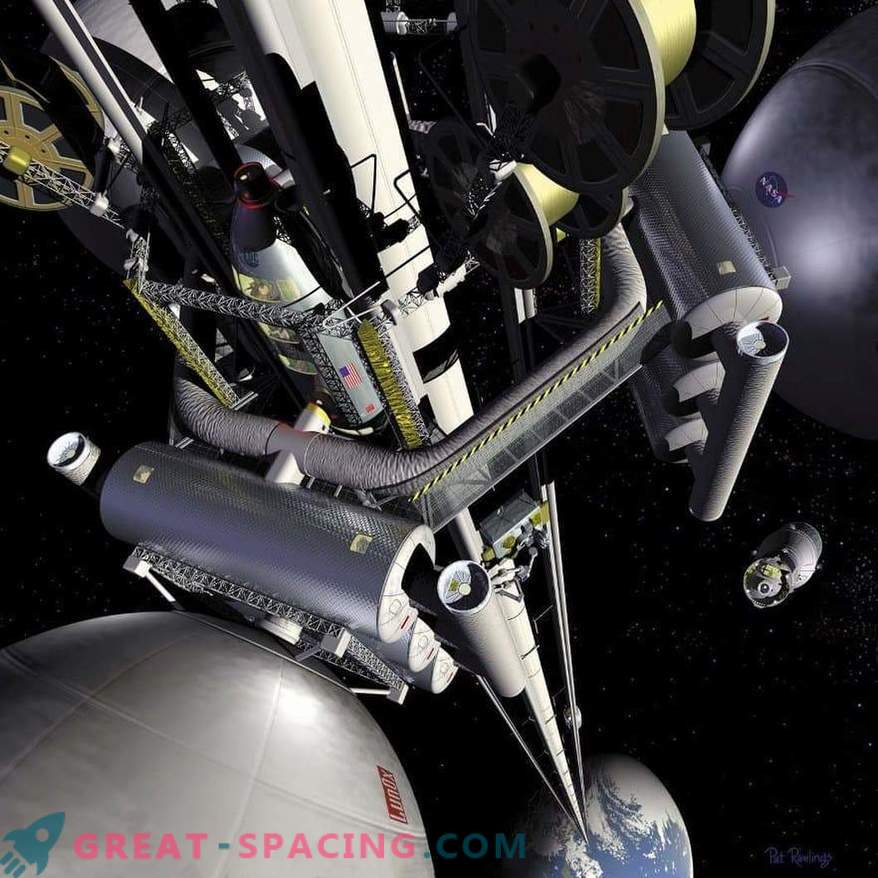
Space elevators are considered the most popular science fiction products. However, Japanese scientists are already embodying this idea into reality and plan to conduct an experiment linking the ISS to Earth In 2012, Obayashi Corp. announced a desire to create a space elevator by 2050. The concept attracted the attention of Google X, where it also announced plans to build a whole system of space elevators by 2045. Experiments on the deployment of cable in space have already been conducted, but the Japanese project for the first time will launch a moving container on it. If everything goes well, it will increase interest in the program of the transport elevator system.
Space engineers believe that this idea is important for the future of space exploration and is an excellent alternative to large rockets. The program will reduce the cost of launching astronauts and the payload from the Earth to the ISS, due to which the funds will be redirected to Martian colonization. Obayashi Corp. estimated the cost of the project at $ 90 billion.
